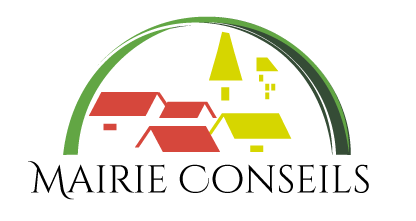• Markets
• Communal forests; Forest (Kom-Wum) Forest Reserve, Atwe Forest, Wum Council Forest
• Touristic sites like lake Wum, Lake Ilum, Menchum River and Fall.
• A hotel de ville.
• Soils: soil type ranges from sandy, silt and clay, which permits the growing of a variety of agricultural products.
• Flora and Vegetation: Wum is within Sudano - Savanna Zone covered mostly with grass which favor the grazing of cattle. Forest patches such as in Atwe and Itiaku are used mostly for medicinal plants and are also home to many species of wild animals. The Wum council forest has a potential for providing wood, timber and poles.
• Fauna: The Wum Municipality hosts a good number of species of wildlife. There are species such as antelope, hare, porcupine, cane rats, monkey, deer and chimpanzees. Most of these animals are hunted by poachers for food or as an economic activity.
• Mineral resources: sand, clay and stones. Sand is gotten mostly from rivers. This is a great source of income quite a number of persons.
• Health: Insufficient access to quality health services in the villages, due to inadequate infrastructure and equipment and shortage of quality drugs.
• Environment and nature protection: environmental degradation due to poor framing practices.
• Women empowerment and family: High level of gender disparity and discriminatory practices on due to no centers for information and ignorance.
• Water and energy: poor access to portable water and energy coverage due to lack of finances.
• Education: Inadequate access to quality basic education services and facilities and lack of higher institutions, due to lack of funds and staff.
• Public works: difficulty to freely circulate in all neighborhoods of the Municipality, due to limited financial sources and no maintenance of the roads.
• East: Fundong
• North: Fungom Subdivision
• South: Bafut
• West: Mechum Valley Subdivision.
• Agriculture: (Maize, Cassava, Groundnuts, Beans, Yam, Potatoes, Sweet potatoes, Cabbage, Carrot, Okra).
• Commerce: sales of food stuff and petty trading, in the markets.
• Others include: small medium size enterprises, services from organizations, hunting, fishing and craftsmanship.
• Climate: tropical climatic zone with distinct rainy and dry seasons. The total annual rainfall ranges between 2512.5mm and 2829.6m. The Climate result in two farming seasons and favors the cultivation of food and cash crops.
• Relief: the municipality is made up of undulating land with uneven relief characterized by mountains and hills made up of forests and grassland suitable for grazing. Common features are; rocky cliffs marked by several water bodies. These add to the beauty of the municipality.
• Hydrology: Wum municipality falls within the North West Plateau, full of running springs, streams and waterfall. Water bodies such as the Menchum Falls which is the highest in West Africa, swift running streams, rivers and lakes such as Lake Wum, Illum, oshien and Atwe. The Menchum Falls is a huge potential for electricity.
